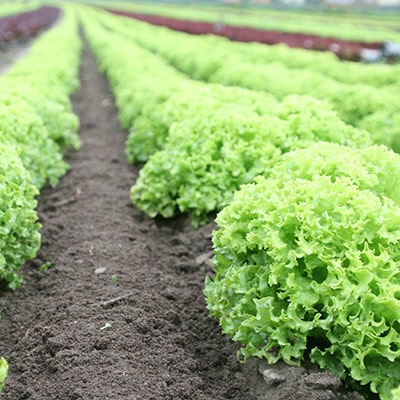
The majority of plants are lovely, friendly additions to your garden. All fluffy, colourful and pretty. Even sweet smelling.
Others are laced with danger. A little bit of research into potential newcomers, and existing incumbents, may reveal a darker side lurking in your beds, borders and containers.
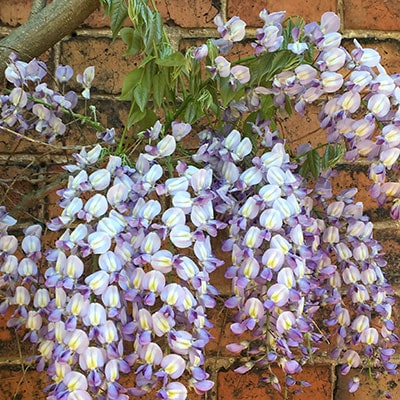
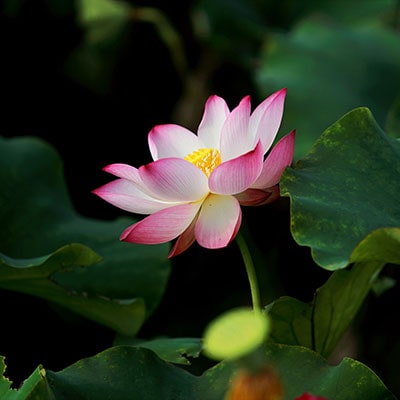
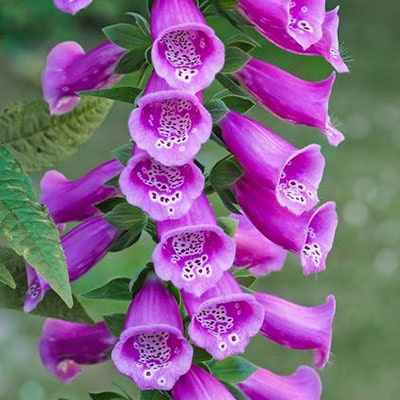
Wisteria is the doyenne of many cottage gardens, clothing walls, arbours and fences in long racemes of delightfully perfumed blooms. I, for one, admire and delight in the sight of a wisteria in full flow. However - and you knew there was a ‘however’ coming up - allow your pooch or moggy to eat any of the seedpods that cheerfully fall once flowering is over, and they might be in trouble. Head straight for the vet if you suspect your animals have eaten any and are showing symptoms of vomiting. It goes without saying you should never eat the pods yourself.
Lilies are gorgeous. The heady scent and gorgeous blooms adorn many borders and containers all summer long. But - and this time you knew there was a ‘but’ coming along - if you have cats then really think twice about growing this plant. Cats are inquisitive animals and will suss out newcomers in the garden. But the danger of lilies is much more than a case of pollen stained fur. If a cat eats a leaf, it can die. The cat and the leaf. In fact, if your cat does get pollen on its fur and it does that cat thing of cleaning itself by licking off the pollen, it might be in big trouble. Steer clear of lilies if you have cats. And if you suspect lily poisoning of your cat - listless behaviour, lack of appetite, vomiting, lilies in the garden - get down the vet pronto.
Stately foxgloves are the go-to plant for woodlands. Easy to grow, eager to please and those majestic spires of toxin laden blooms. What? Yep, subject yourself to a handful of foxglove berries and your heart will not take it. Check out the heart drug digitalin - no one would take unregulated amounts of that so please, please, please educate children in not eating any part of a foxglove plant. It’s safer that way.
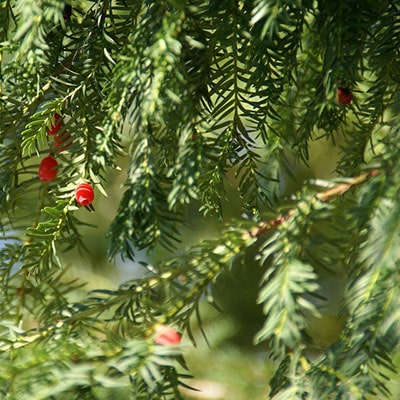
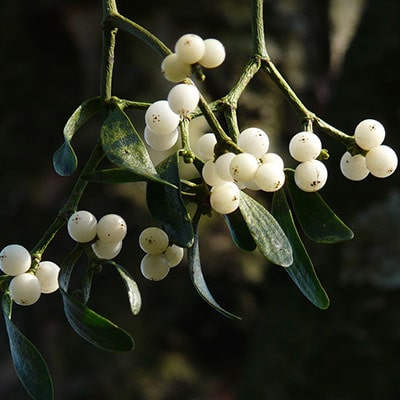
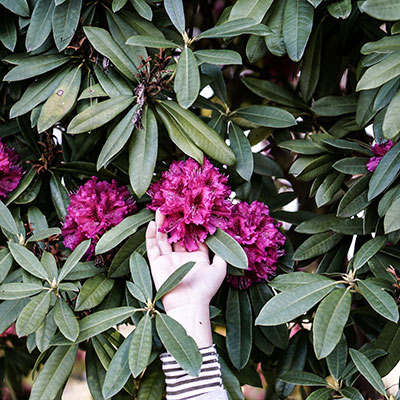
Yew trees are the traditional tree of church grounds and graveyards, where the legend goes that the souls of the dead are transported to heaven through the branches of this beautiful evergreen conifer. The seeds enclosed in those ever-so-tempting red berries are toxic. In fact, every part of the tree is bad news for your health, except the berries. I suppose it's a great survival technique of the tree: ‘Come on birds, you can eat the berries but nothing else and then distribute the seeds.’ Works for the tree. Just don’t eat them on any of your strolls. Or you might be part of that fast track to heaven legend.
Mistletoe brings hours (minutes? seconds?) of fun to many houses across the world at Christmas. Eat the berries and it may have you vomiting and hallucinating. It’s an intriguing plant to grow in your old apple trees. Press a few berries from English mistletoe into the gnarled trunk of your apple tree and hope it grows. It does sometimes.
Rhododendrons and azaleas grace many gardens where the soil is acidic and makes watching the Masters golf from Augusta so much more tolerable. Eat them and induce abdominal pain, vomiting, paralysis, coma and even death. But you wouldn't eat such plants when there is tasty homegrown veg to relish.
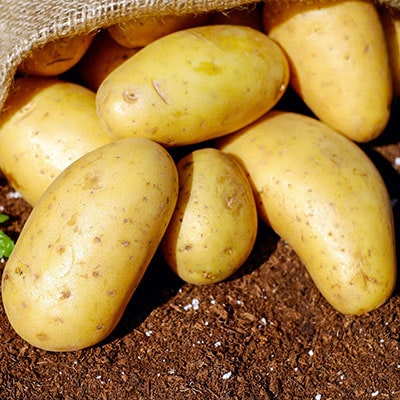
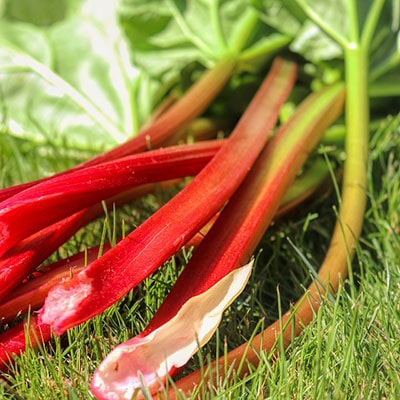
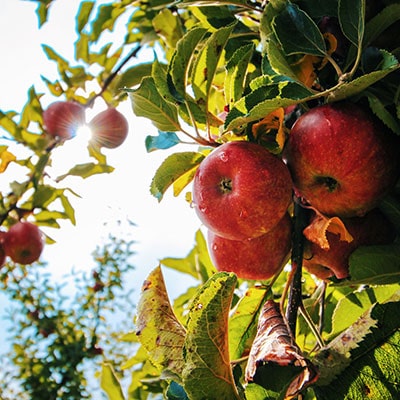
Green potatoes - no. Raw kidney beans - of course not. Rhubarb - stems only, no leaves please. Tomatoes – what, tomatoes? OK, the fruit is fine but eat a barrowload of leaves and stems and you won’t feel so good. Apple pips - no way. You can create a drop or two of cyanide in your stomach if you eat tonnes of the things. Asparagus? Surely not. Ok, not the tasty new stems but the red berries amongst the feathery foliage in late summer. Never eat those.
Even lettuce. The humble lettuce. The limp, tasteless lettuce can have a sedative effect on both humans and, according to reports, even rabbits. In rabbits, the effect is magnified. Again, you have to eat a lot to create the effect, but for rabbits? Ever wondered why your fluffy bunny is tired and moping about? It could just be its leafy snack.




